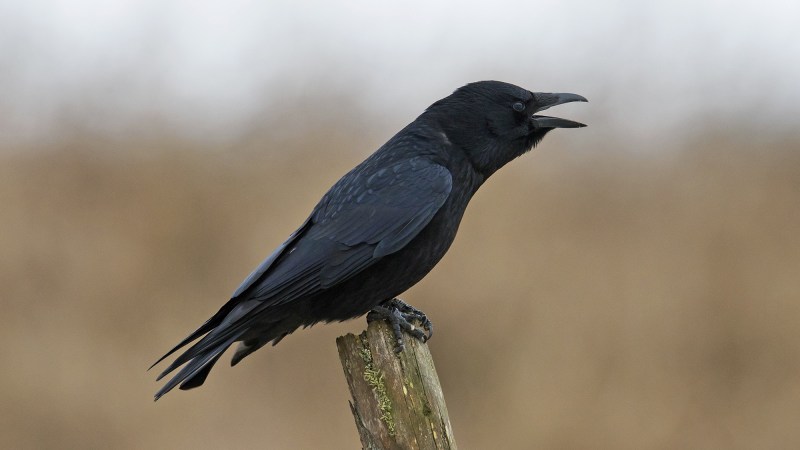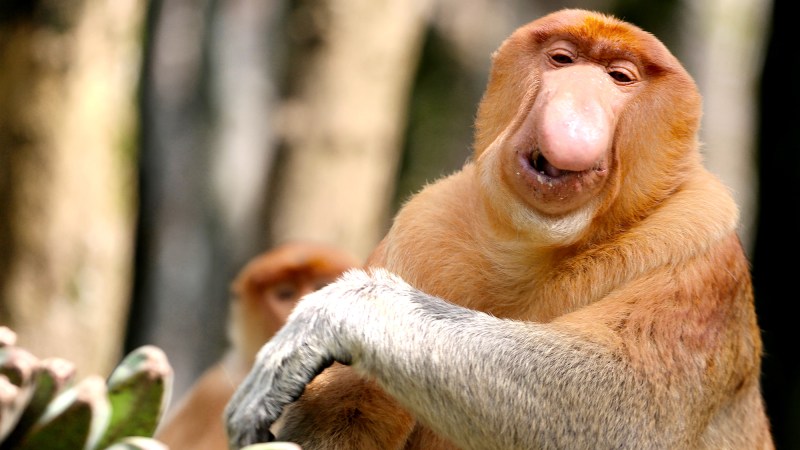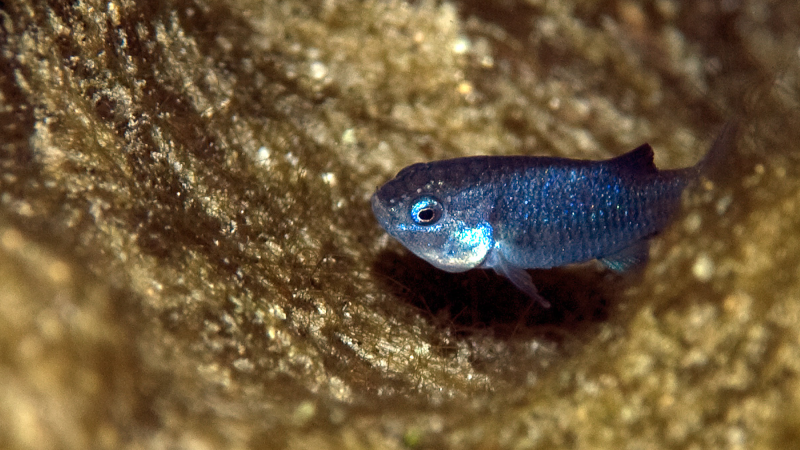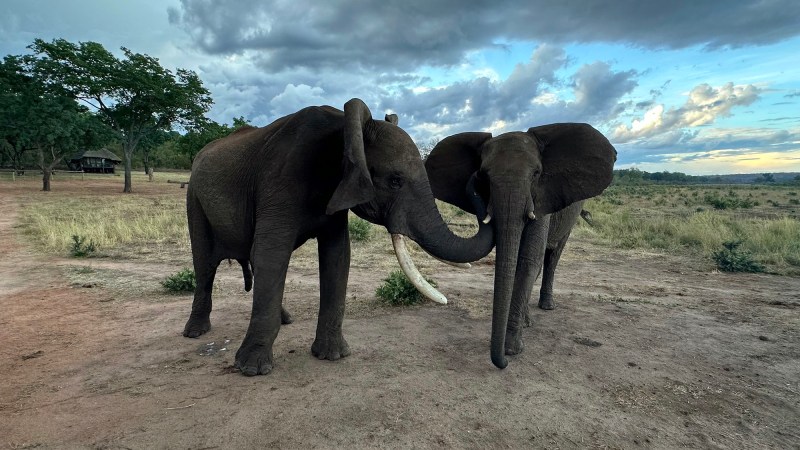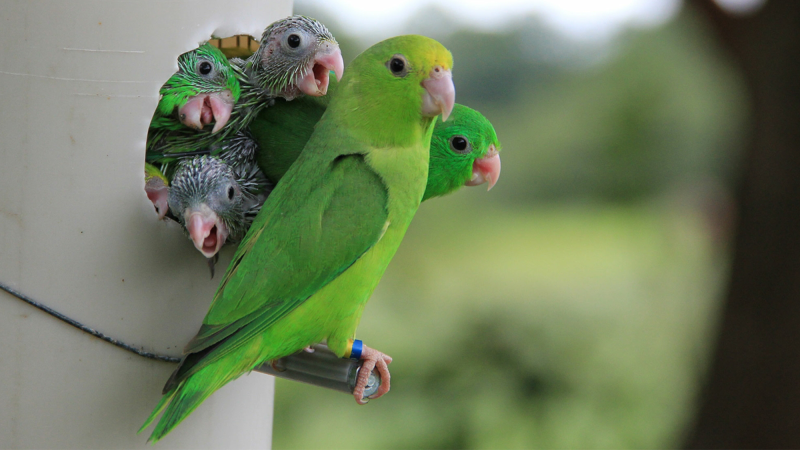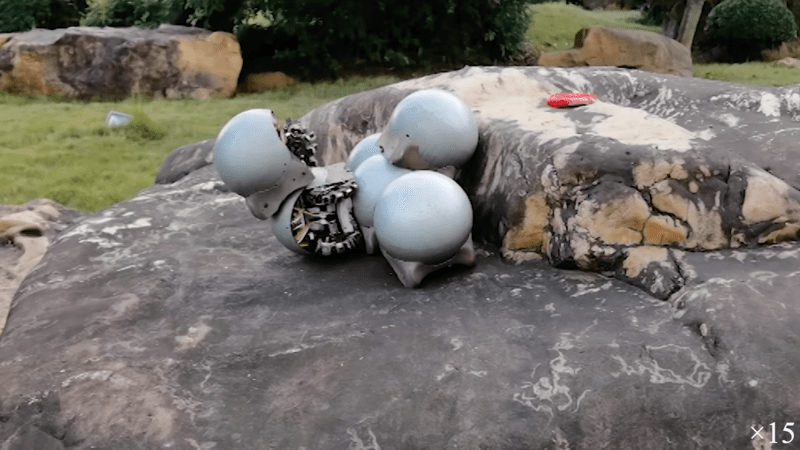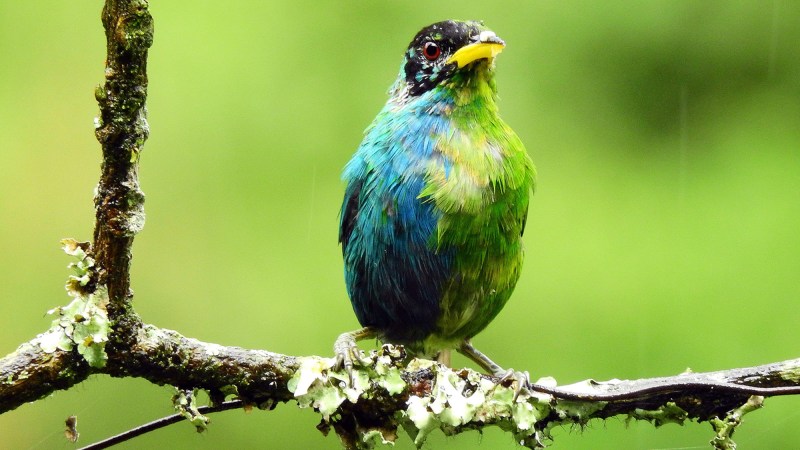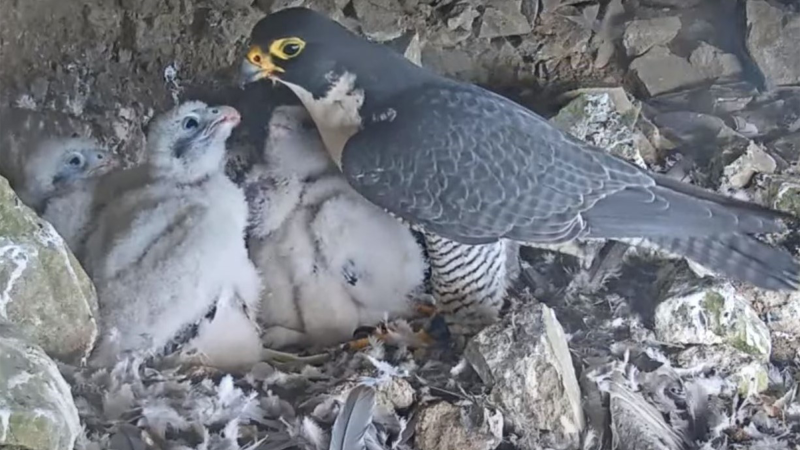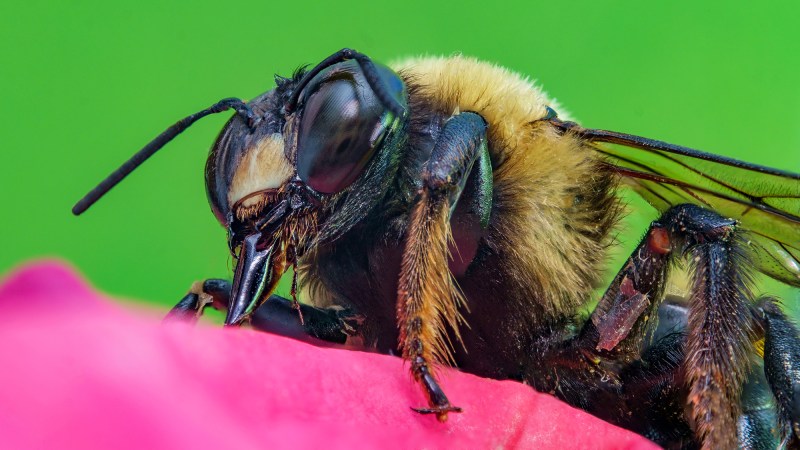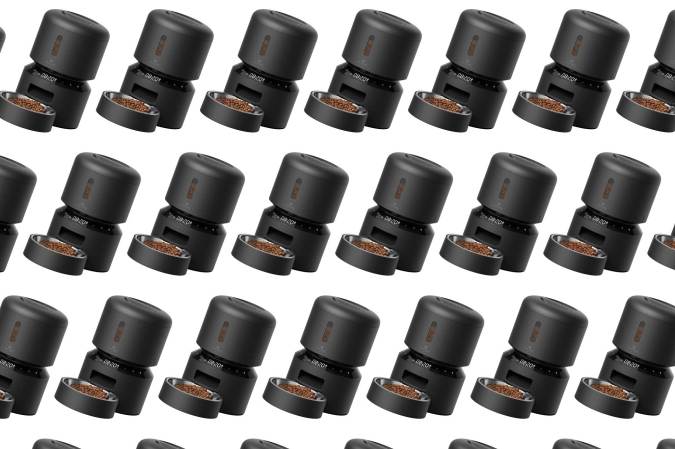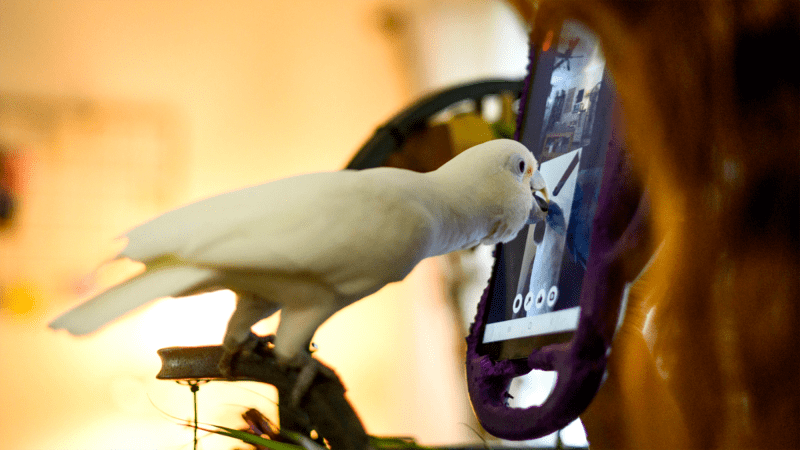Stick insects have more going on the surface of their skinny bodies than meets the eye. Some species of these bugs can blend in with plants to avoid predators. How they evolved this camouflage is part of an evolutionary mystery: do specific physical traits evolve by chance or if they follow a predictable pattern? After combing through 30 years of data, a team of scientists may have found evidence of repeatable evolution in stick insects. The findings are described in a study published May 24 in the journal Science Advances.
An evolutionary do-over?
There are still numerous unanswered questions in evolution, particularly how it unfolds. Does evolution happen in an easily observed sequence or does it depend on chance events? Late evolutionary scientist Stephen Jay Gould described this phenomenon as “replaying the tape of life.” This metaphor in his 1989 nonfiction book Wonderful Life: The Burgess Shale and the Nature of History asks a deep question: If given the chance to evolve again, would life on Earth look like something similar to what we know now, or would it look incredibly different?
[Related: A new evolutionary theory could explain the mystery of shrinking animals.]
“If you frame it as an either/or question, it’s too simplistic,” study co-author and Utah State University evolutionary biologist Zachariah Gompert said in a statement. “The answer isn’t ‘completely random’ or ‘completely deterministic and predictable.’ And yet, examining short time scales, we can find predictable, repeatable evolutionary patterns.”
For the stick insects and evolutionary activity in general, whether a change occurs by chance or in a reputable sequence is much more nuanced. It often comes down to a precious resource–time.
Cryptic color changers
In the study, the team looked at a polymorphic stick insect species Timema cristinae. These wingless bugs are found throughout North America and have polymorphic body colors and patterns. Some of them are green, which helps them blend with the California lilac shrubs. Others have green stripes that disappear against similarly patterned chamise shrubs. Hiding among plants like these is one of T. christinae’s key defenses against hungry birds like scrub jays.
“Bird predation is a constant driver shaping the insects’ organismal traits, including coloration and striped vs. non-striped,” said Gompert.

They sifted through 30 years of data on the frequency of cryptic color-patterns in 10 wild T. cristinae populations in California. They found predictable fluctuations in stipe frequency in all of the insect populations, which represents a repeated evolutionary dynamic at work. According to Gompert, these fluctuations involve a phenomenon of negative frequency-dependent natural selection (NFDS). This is when cryptic color patterns like stripes are seen as more beneficial when they are a rarity rather than a common occurrence. For the stick insects, this is likely because the birds could develop a better way to search for more abundant prey if they know their patterns.
“At short time scales, evolution involving existing variations can be quite predictable,” said Gompert. “You can count on certain drivers always being there, such as birds feeding on the insects.”
[Related: When insects got wings, evolution really took off.]
During a longer time scale, these evolutionary dynamics are less predictable. The insect populations may experience a chance event–something like a drought or flood–that disrupts the status quo and the more predictable outcomes. At longer time scales, a new mutation in the species could then randomly introduce a rare trait.
“That’s about as close to truly random as you can get. Rare things are easily lost by chance, so there’s a strong probability a new mutation could disappear before it gains a stronghold,” said Gompert.
By comparison, a different species of Timema stick insect that also eats chamise plants either never had these stripe mutations or or quickly lost them. This means that the evolution of stripes on the insect’s body is not a repeatable outcome of evolution at this long of a time scale.
‘You can’t rush time’
Replicated long-term studies of natural populations are rare, including Charles Darwin’s famous work with finches. It’s difficult because this work is restricted to one or a few animal populations, making it a challenge to draw inferences or conclusions on the repeatability of a certain trait.
“Such studies are challenging to implement not only because they take concerted effort, but also because you can’t rush time,” said Gompert.


